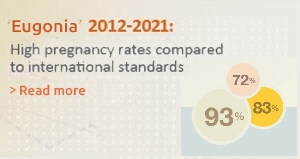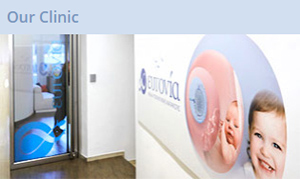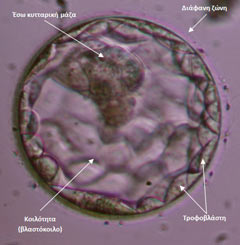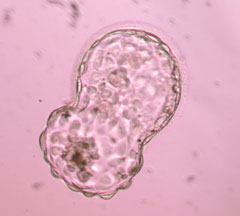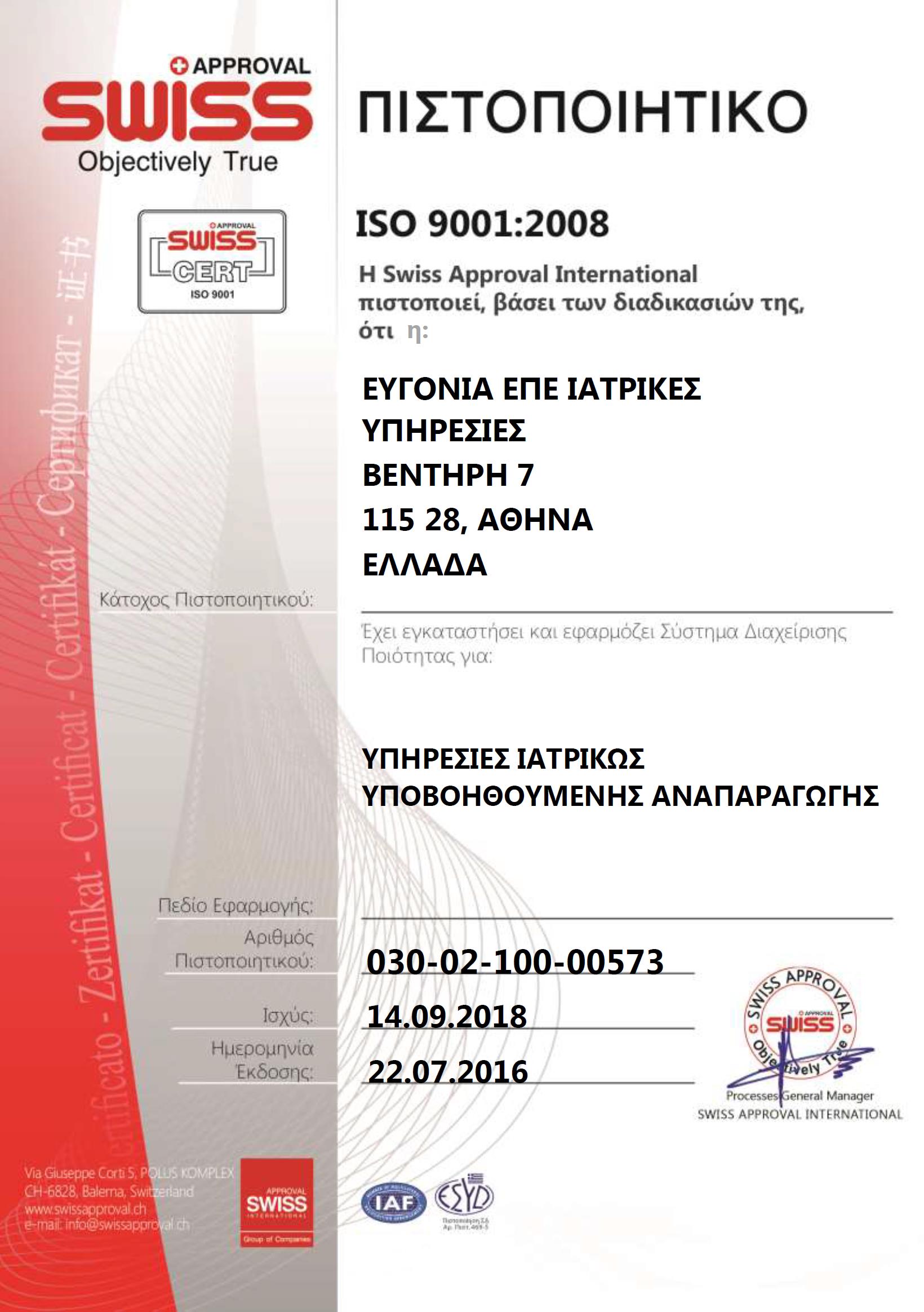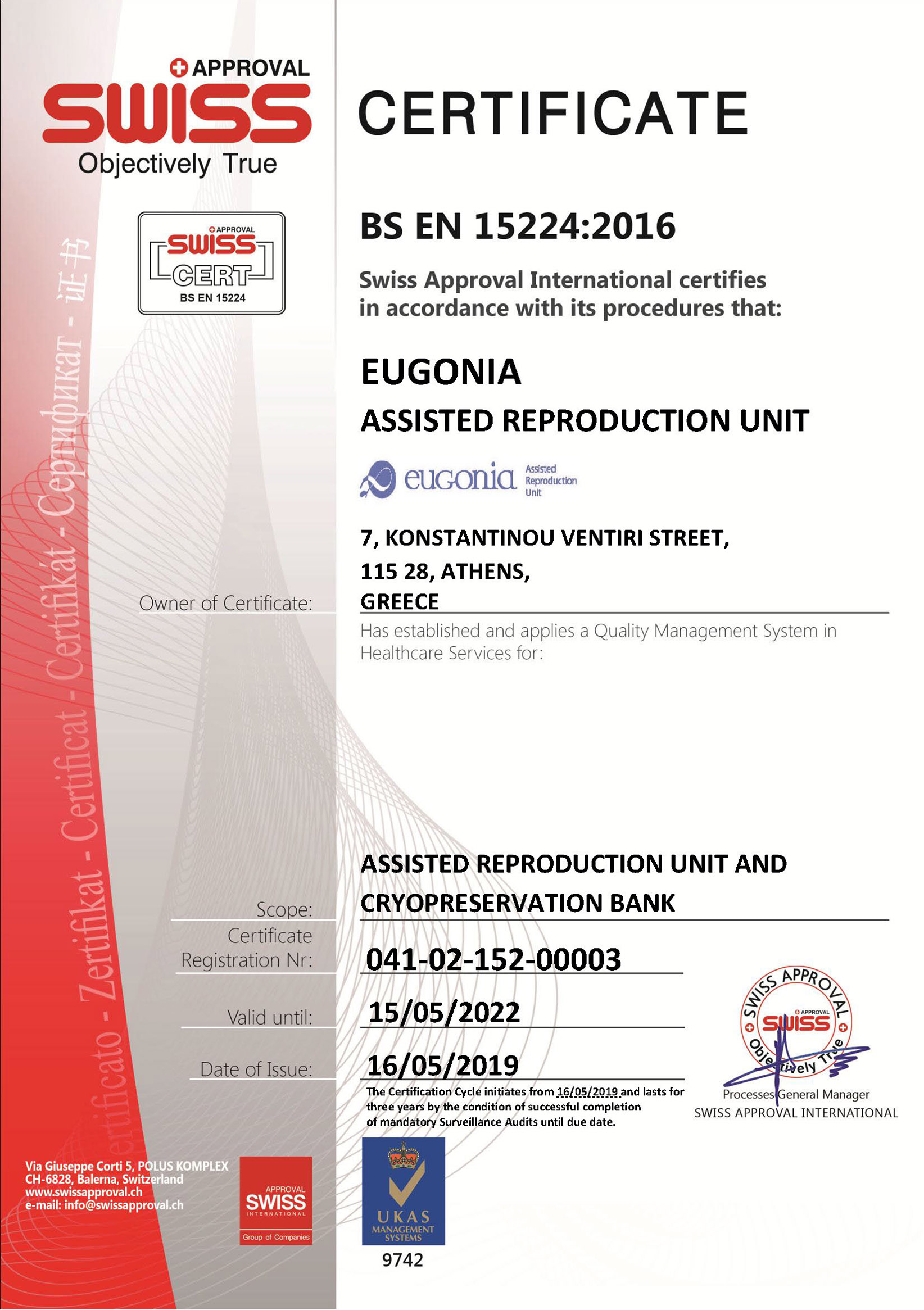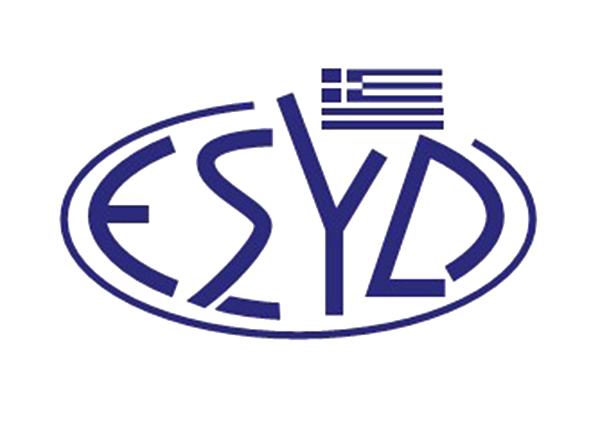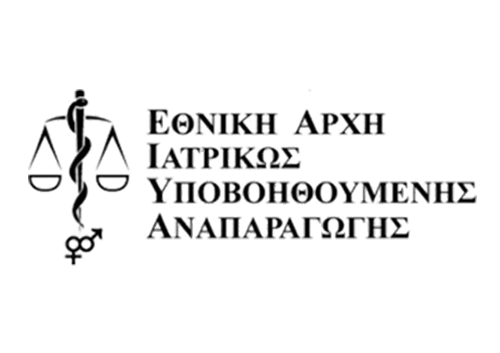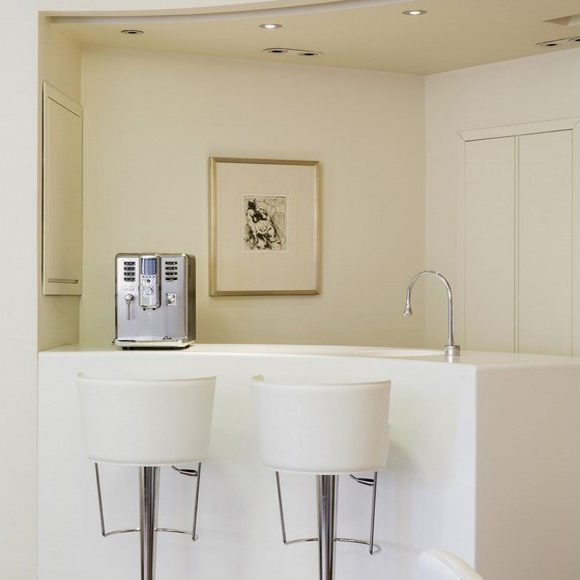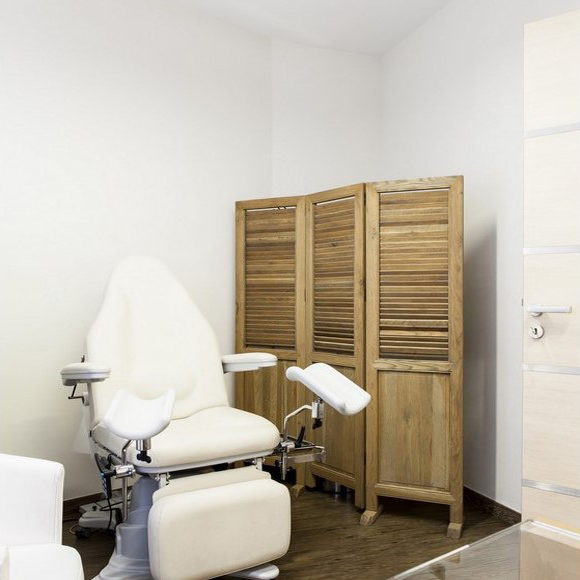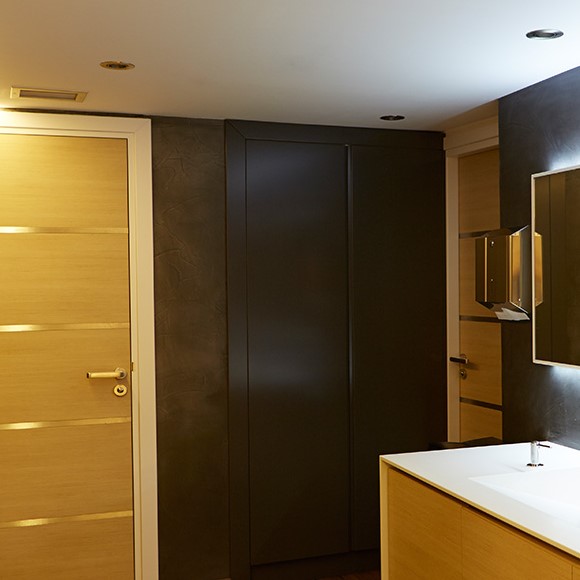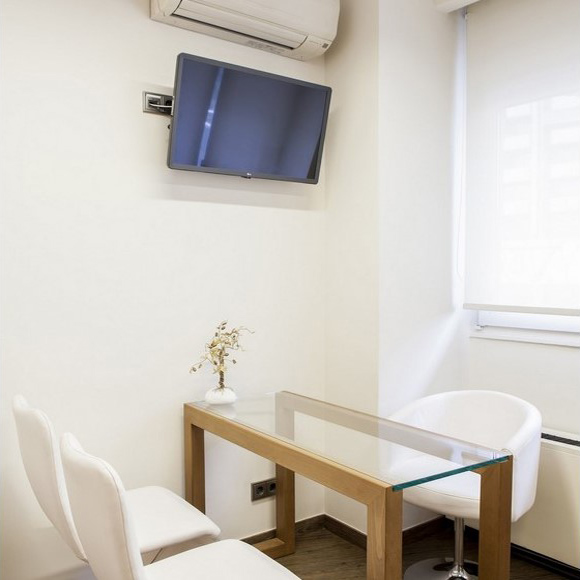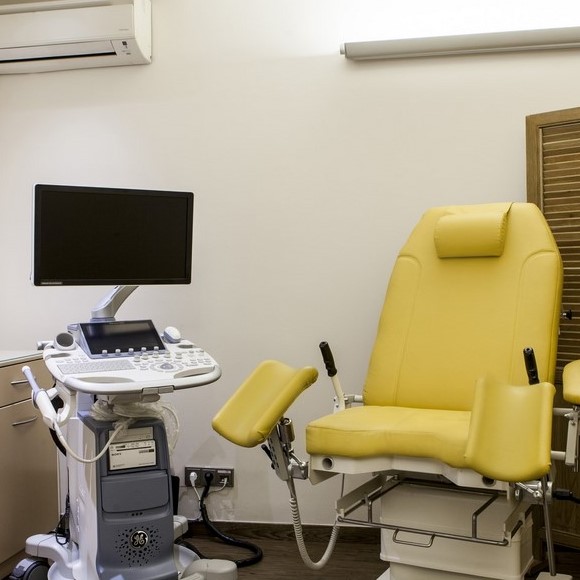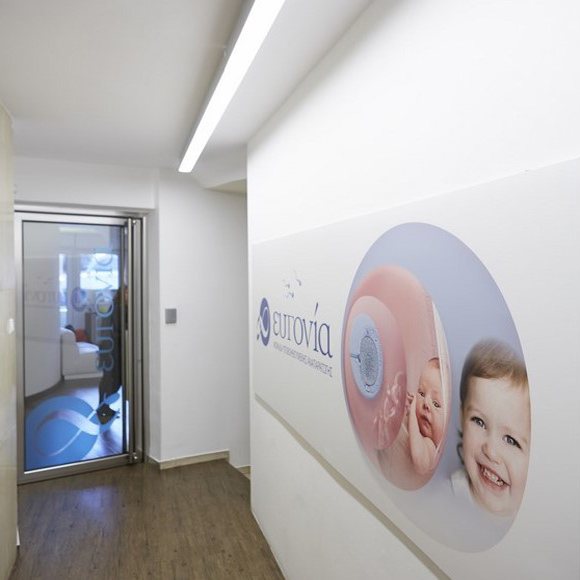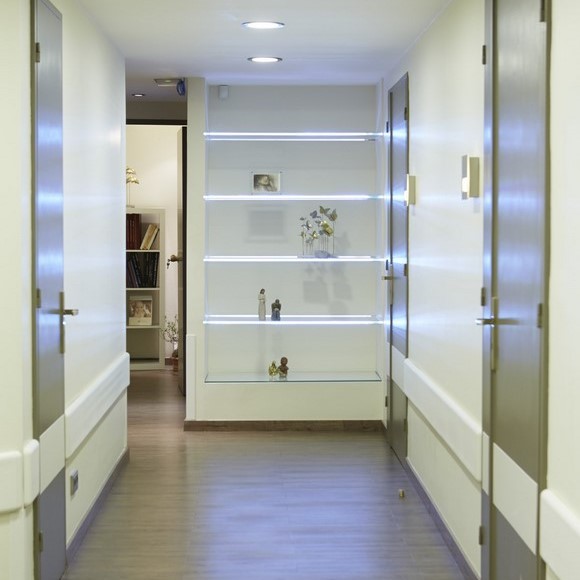Blastocyst culture provides a strong tool for the selection of the most suitable embryo(s) for transfer, but at the same time requires specialized culture media and a modern laboratory with experienced embryologists and suitable culture conditions.
Blastocyst is a distinctive developmental stage of the embryo, reached after 5-6 days of culture and constitutes a sign of normal development and high developmental competence.
Pregnancy success rates
In Eugonia, the pregnancy rates following blastocyst transfer are high and reach 80% per embryo transfer (ET) for women of all ages. In particular, in women under 35 years this percentage reached a remarkable 88% per ET within the years 2010-2011. A similar trend is observed in women 35-39 years old (72%) and over 40 (56%).
See more: Pregnancy success rates
Blastocyst culture
Blastocyst is a distinctive developmental stage of the embryo, reached after 5-6 days of culture.
In theory, blastocyst formation is a sign for normal embryo development. It has also been substantiated that embryos reaching the hatching stage have approximately twice as many chances for implantation.
The mature blastocyst is signified by its expansion, thinning of the zona pellucida (the coat surrounding the blastocyst) and the accumulation of fluid, forming the blastocoel cavity. At this stage, the embryo consists of 60-120 cells which form two distinct cell layers; the inner cell mass, that will subsequently form the embryo, and the outer cell layer called the trophectoderm that will eventually give rise to the placenta.
The next stage of development is hatching of the blastocyst from the zona pellucida. This is attained via the application of coordinated pressure pressure on the zona from the expanding embryo and secretion of zona-digesting enzymes. The result is the rupture of the zona and the hatching of the blastocyst from the opening, until it is completely hatched. It is believed that hatching may also be a potential mechanism of twinning; if the embryo is separated into two during hatching it is possible for these semi-embryos to regenerate their missing cells and develop as two different but genetically identical organisms (monozygotic twins).
Blastocyst grading
For blastocysts there is a different grading system in place than the one for days 2 and 3 of culture. This system is based on the combined assessment of the distinct characteristics of a blastocyst, i.e. the degree of expansion, the level of hatching and the quality of the inner cell mass and the trophectoderm.
| Stage of blastocyst expansion | Description |
| Stage 1: early blastocyst |
blastocoel cavity < half the volume of the embryo |
| Stage 2: Blastocyst |
blastocoel cavity ≥ half the volume of the embryo |
| Stage 3: Full blastocyst |
blastocoel cavity completely fills the embryo |
| Stage 4: Expanded blastocyst |
blastocoel cavity > original volume of the embryo 2-3 day, zona is thinned |
| Stage 5: Hatching blastocyst |
trophectoderm has started to protrude through the zona |
| Stage 6: Hatched blastocyst |
blastocyst has completely escaped from the zona |
| Assessment of Inner Cell Mass (ICM) | Description |
| Grade Α | Many cells, forming a cohesive layer |
| Grade Β | Few cells in a loose layer |
| Grade C | Very few large cells |
| Assessment of trophectoderm | Description |
| Grade | Many cells forming a tightly packed layer |
| Grade Β | Few cells, forming a loose layer |
| Grade C | Very few cells |
Thus, on day 5, the best quality blastocyst is graded as 4AA (expanded blastocyst with excellent inner cell mass and trophectoderm), whilst on day 6 the best blastocyst is graded as 5AA or 6AA (hatching or fully hatched blastocyst with excellent inner cell mass and trophectoderm).
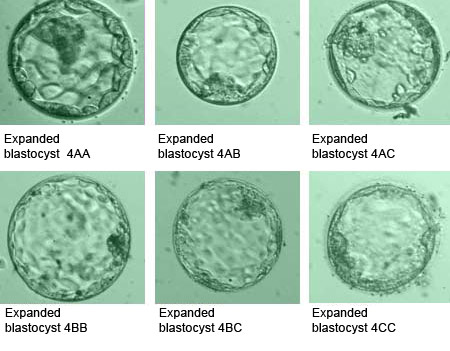
See more pictures of blastocysts
The process of blastocyst transfer (5th or 6th day following egg collection) is similar to that on days 2 and 3; the only difference lies in the number being transferred. Up to 3 embryos are transferred on days 2 and 3, while only one or two blastocysts are selected for transfer.
Blastocyst culture leads to increased pregnancy rates
Blastocyst culture offers a strong selection tool. It is already known that not all embryos can reach the blastocyst stage; in Eugonia, on average, 50% of fertilized oocytes will reach this stage. Thus, those embryos that do, have already proven their developmental potential and have a clearly higher chance of implantation.
The advantages of blastocyst transfer include:
- Better selection of embryos for transfer with a higher potential
- Increased pregnancy rates
- Improved synchronization with the endometrium
- Reduced multiple pregnancy rates, considering the lower number of blastocysts being transferred (1 or 2 compared to 3 embryos usually transferred on day 3)
- The opportunity to monitor ovarian hyperstimulation syndrome (OHSS), allowing for embryo transfer in the fresh cycle, if the syndrome has not developed. Alternatively, all embryos are cryopreserved and GnRH antagonist is administrated for severe OHSS treatment (Lainas et al 2009a, b, 2007). See publications
Blastocyst culture is not recommended for all patients, as the availability of a sufficient number of good quality embryos is a necessary requirement. For example, it can be applied in women with polycystic ovaries with a high number of collected eggs, women with an increased chance of developing severe OHSS, in cases of severe oligo-astheno-teratozoospermia or testicular biopsy, after previous failed attempts following day 2 or day 3 transfers, in cases where preimplantation genetic diagnosis was performed, etc.
In Eugonia, there is a successful program for the culture and transfer of blastocysts, with specific internationally acceptable criteria. The unit’s scientific staff has the necessary knowledge and experience to inform and guide the patients in this matter.





